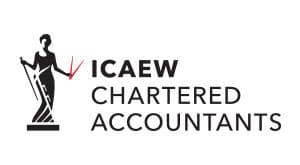Insolvency occurs when a business is unable to pay their bills on time. Outstanding debts, incomplete transactions or products and services which have not been paid for all lead to insolvency. Corporate insolvency is often referred to as ‘cash flow insolvency’ or ‘balance sheet insolvency,’ indicating that a business’ liabilities exceed cash flow.
Undergoing the process of corporate insolvency can be an extremely stressful and miserable time. In order to relieve some of the burden of corporate insolvency it is advisable to seek the help of an insolvency practitioner who can guide you through the procedure.
Corporate insolvency and bankruptcy commonly get mistaken to be the same. Corporate insolvency is the situation that a business is in when the amount of money available – or cash flow – is less than the amount of money owed in debts. Corporate insolvency could only be a short-term problem which can be resolved without any external intervention. Declaring bankruptcy is when a business is in a financial state that cannot be resolved and results in legal proceedings.
Corporate insolvency is a way of allowing business’ to try and pay off their debts and regain financial stability. However, if the company continues to have unpaid debts and the appropriate measures are not taken to pay them; bankruptcy will generally be the final outcome. Corporate insolvency may involve taking steps from selling off assets to seeking acquisition by a larger company.






 Production
Production
